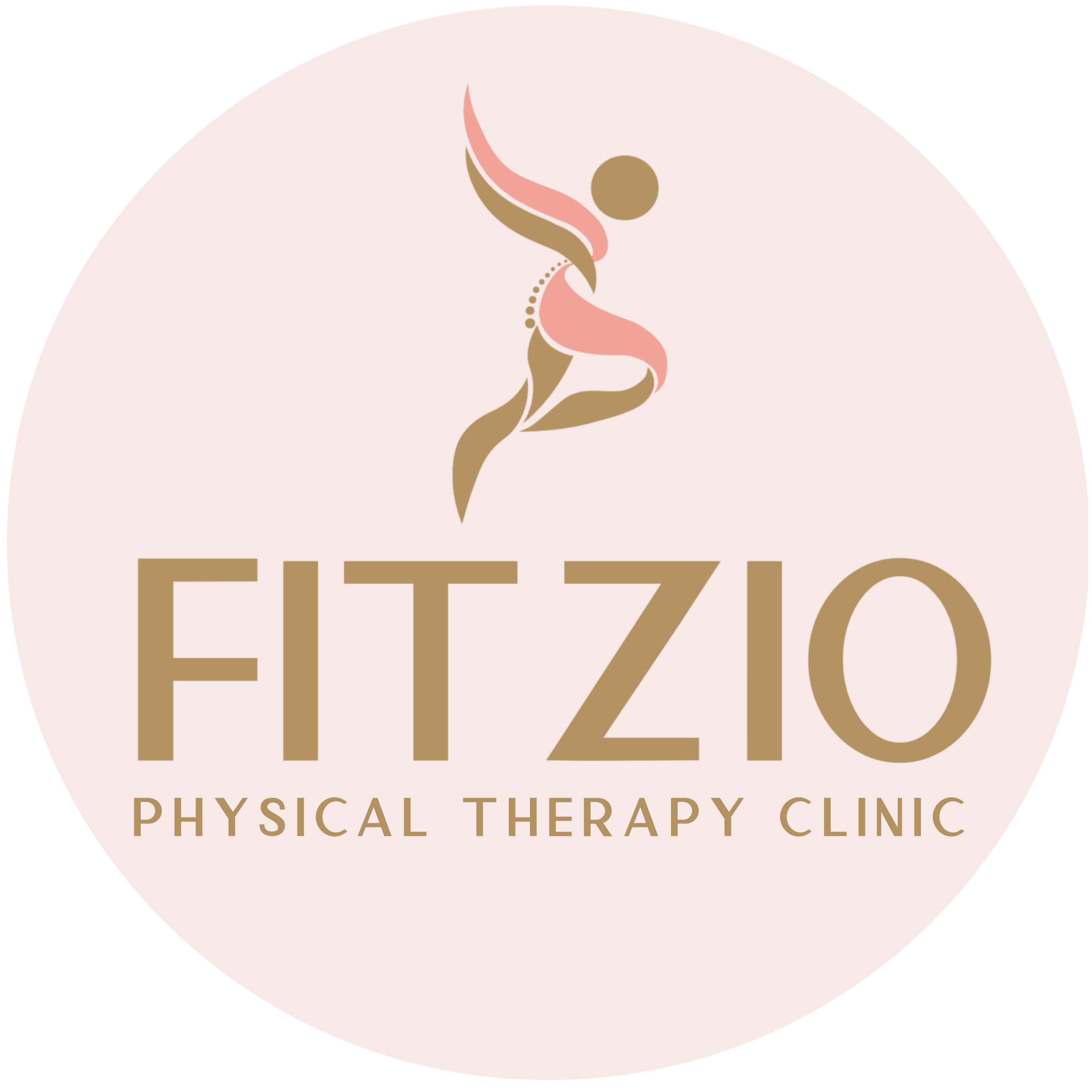Stage 02 – Rebalance
In Stage 02 – Rebalance, we focus on restoring balance, flexibility, and proper alignment of the body. This stage is crucial because pain often disrupts the body’s natural mechanics, causing tightness, weakness, or compensatory movements. The goal of this stage is to rebuild stability, improve posture, and prepare the body for more active rehabilitation. At FitZio Clinic, we achieve this through a combination of manual therapy, targeted stretching, and specific exercises aimed at rebalancing the body.
Why Rebalance Matters?
When pain subsides, many patients feel better, but the underlying issues that caused the pain may still exist. Muscle imbalances, joint stiffness, or poor movement patterns can lead to recurring problems if left unaddressed. This is why rebalance is a critical stage in our treatment. Research supports that improving muscle balance and restoring flexibility reduces the risk of further injuries and promotes long-term recovery (1).
How We Rebalance the Body
Manual Therapy for Alignment
Manual therapy continues to play an essential role in this stage, focusing on aligning the joints, releasing tight muscles, and easing restricted fascia. Techniques like myofascial release and gentle mobilizations are used to improve movement and alignment. Research has shown that manual therapy combined with stretching is effective in correcting postural issues and restoring joint mobility (2).
Stretching for Flexibility
At this stage, we introduce specific stretching protocols to target stiff muscles and improve overall flexibility. Stretching the hamstrings, hip flexors, or shoulder muscles, depending on the condition, helps eliminate tension that often leads to poor posture or limited range of motion. Studies highlight that consistent stretching not only improves flexibility but also enhances muscle function and prevents future pain (3).
Therapeutic Exercises for Stability
Rebalancing requires strengthening weak muscles to support the body’s natural alignment. Therapeutic exercises such as core strengthening, glute activation, and balance training are customized for each patient. These exercises are designed to retrain the body’s movement patterns, ensuring stability and proper function. A study found that exercises focused on muscle control and alignment significantly reduced the recurrence of low back and shoulder pain (4).
Research-Based Approach for Rebalancing
The combination of manual therapy, stretching, and therapeutic exercises during the Rebalance stage aligns with evidence-based practices in physiotherapy. Research indicates that addressing muscle imbalances and restoring flexibility is a critical step in transitioning from pain management to full recovery.
At FitZio, we see Stage 02 as a bridge to long-term health. By restoring balance and flexibility, we help patients move confidently to the next stages of the FitZio Flow Concept, ensuring their bodies are prepared for a stronger and more active life.
References:
- McHugh MP, Cosgrave CH. To stretch or not to stretch: the role of stretching in injury prevention and performance. Scand J Med Sci Sports. 2010 Apr;20(2):169-81.
- Fathollahnejad, K., Letafatkar, A. & Hadadnezhad, M. The effect of manual therapy and stabilizing exercises on forward head and rounded shoulder postures: a six-week intervention with a one-month follow-up study. BMC Musculoskelet Disord20, 86 (2019).
- da Costa, B. . R.; Vieira, E. R. Stretching to Reduce Work-Related Musculoskeletal Disorders: A Systematic Review. JRM2008, 40, 321-328.
- Choi BK, Verbeek JH, Tam WW, Jiang JY. Exercises for prevention of recurrences of low-back pain. Cochrane Database Syst Rev. 2010
